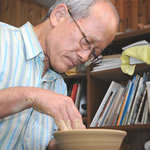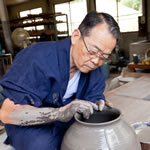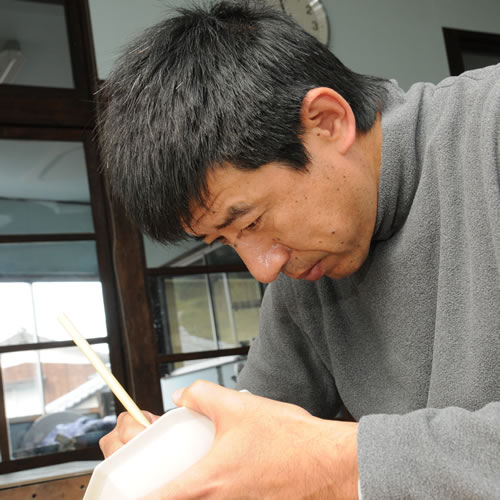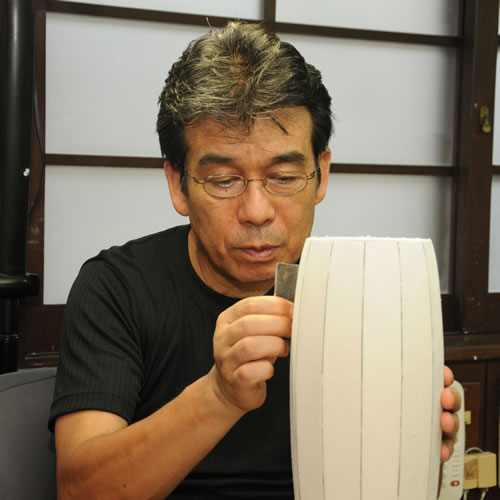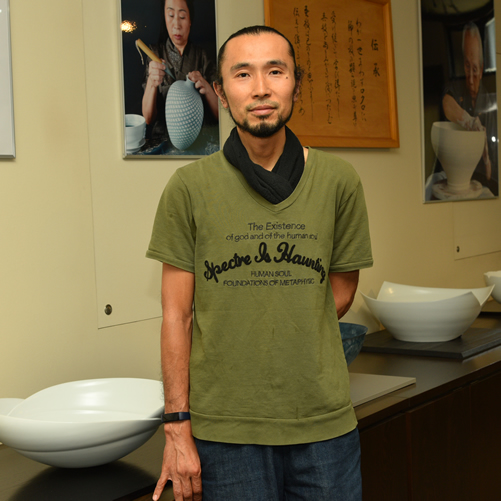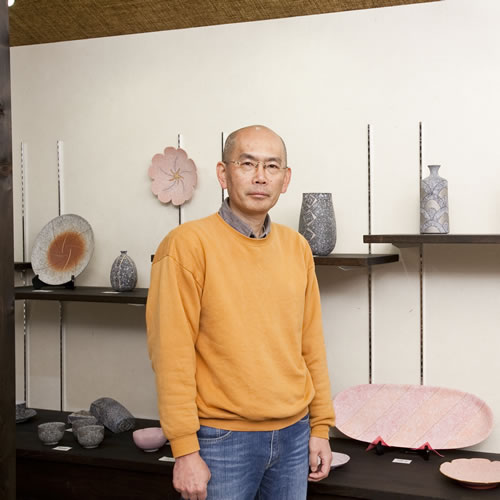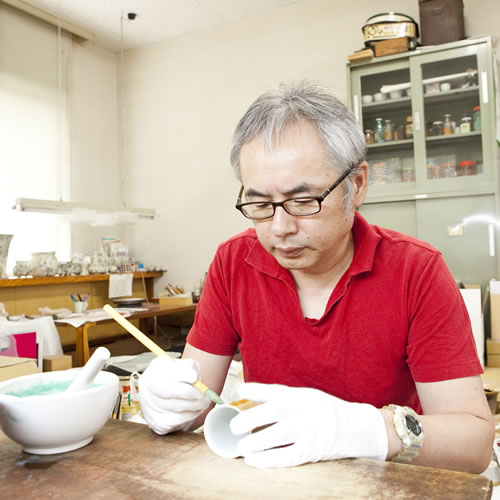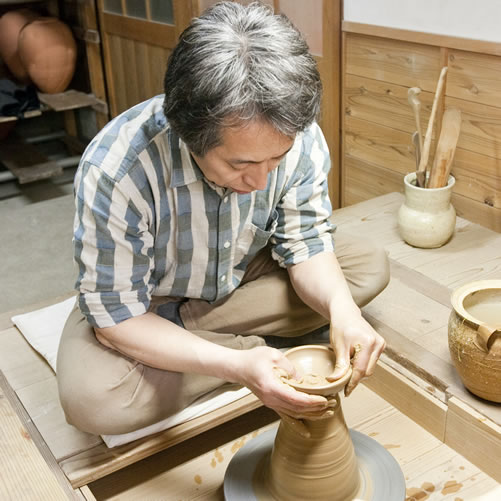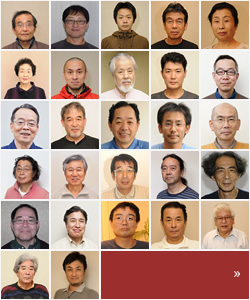TOP > Ceramics > Underglaze Blue
Underglaze Blue
The world of Old Imari that blue and white weaves. It is full of soft texture and charm of the simplicity
To make a domestic porcelain was once a big dream for Japan. It has become a real form since Koimari (Old Imari) appeared. Koimari which was made at the Edo period (1603-1867) is inherited through long years at the present, and it has been appreciated by many ceramic fans.
The name of "Imariyaki" which was sent from the port of Imari as a ceramic originates in Imari which was in the east of Hizen province at that time. By the time Edo shogunate was opened by TOKUGAWA, Ieyasu when it was four hundred or more years ago, making ceramic was begun. Before that time, making pottery was done around Hizen. At that time, including Hizen, it is said that there are no kilns to make porcelain even if it overlooks all over Japan.Then, how did we start production of porcelain?
In Azuchimomoyama period (1573-1603), to conquer the Ming (China), dispatching troops to Korea was done by TOYOTOMI, Hideyoshi twice. NABESHIMA, Naoshige who was the feudal lord of Hizen province brought many ceramic craftsmen from Korea to enhance the pottery industry technology of the land which he governs. They built 100 or more kilns all over Hizen. And the ceramic stone to make porcelain was found in Arita Izumiyama at that time. Thus, the condition for making porcelain was equipped and the first porcelain production in Japan was started.
LEE, Sanpei was nominated for pottery craftsman who made a large contribution to the first production of porcelain in Japan. He was from the famous pottery production place in Korea and he was taken to Japan. He lived in Komizo at the west of Arita, Saga prefecture at that time. He investigated the kiln for a long time there, and he finally accomplished the porcelain stone's discovery in Arita Izumiyama. Then, Imari Ware accomplished development with this background until now. Even now, with Sueyama shrine which worships the ancestor of Arita porcelain, the monument of Lee Sanpei has been built in honor of his achievement.
Koimari in the Imari Ware indicates a ceramic which was made at Edo period. And the arts which was painted the motif by the blue color on the white ground and they are called sometsuke which reminds us of Kimono with indigo color. Until Imari Ware was born, the arts called Seika were imported from China which was popular in Japan. Accordingly Imari Ware was also progressed with a focus on sometsuke even in the making porcelain. Soon the time changed, and foreign export of China ware stopped because of an internal war, the demand of Imari Ware was increased and exports to Europe was prosperous.
Color was subtly different by the times although it was called blue of sometsuke. When it was Meiji period (1867-1912), instead of blue color "Gosu" which was used until then, people used cobalt chemical properties that have been introduced from Europe. Blue expressed vividly owing to that chemical properties. White makes blue stand out which was painted as a pattern by sometsuke or akae (red overglaze enamel). White of porcelain is not acquired with coloring, but since the original ground which is made of crushed porcelain stone is white. The coloring of white is different from the porcelain stone, and slightly turbid white soup of washing-rice was the ideal things which craftsmen of Arita Ware pursued rather than a full pure white. MR. SAKAIDA has brought Nigoshide technique to completion, and he had a great influence on the making porcelain afterward. To make porcelain, firing temperature must be increased from 1,300 degrees to 1,400 degrees in the kiln.
Sometsuke is one of the decoration technique of the porcelain which expresses the pattern by indigo color on the white ground. In China, it is called Seika with the technique of underglaze. Since paints enter below glaze, it is called "Shitae (underglaze)". After unglazed porcelain, the pattern which was drawn on Japanese paper is copied in arts. Next, while looking at its pattern, a line is drawn with the paints (Gosu, Zaffer) of cobalt. After drawing line, inside of the line was painted by the large brush "Damifude" which is fully included moisture. Then it is glazed and it will be firing.
The pattern which reminds us of landscape painting attracts human's mind now, even if it passes through the time of 400 years. Sometsuke has been wholehearted by craftsmen one by one.

